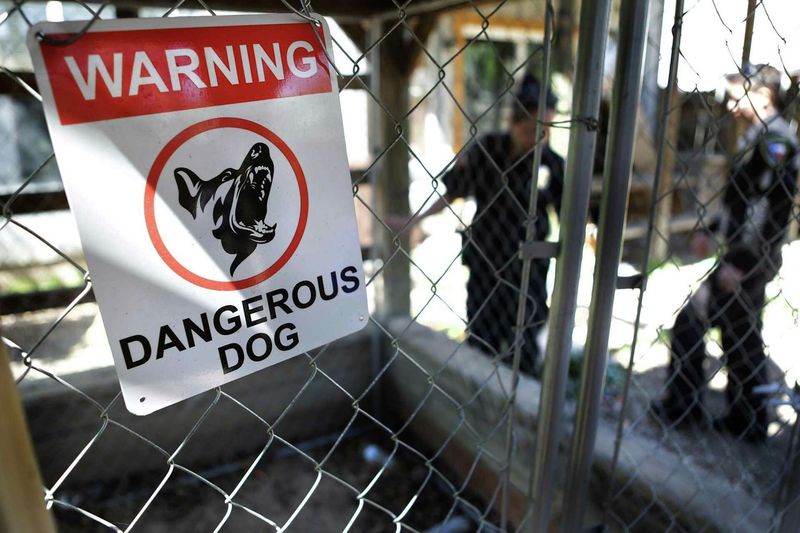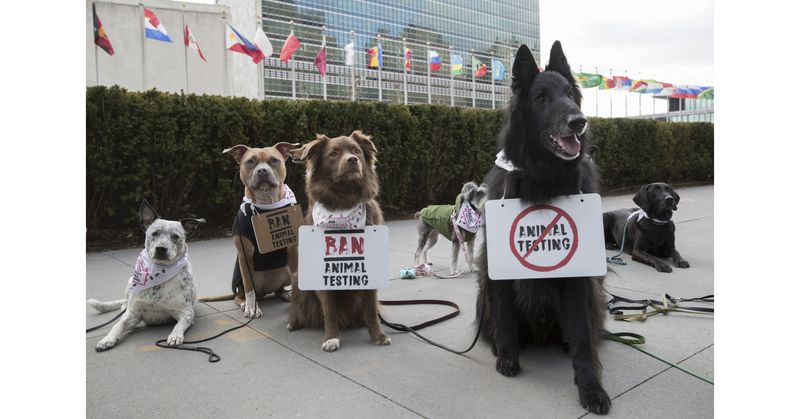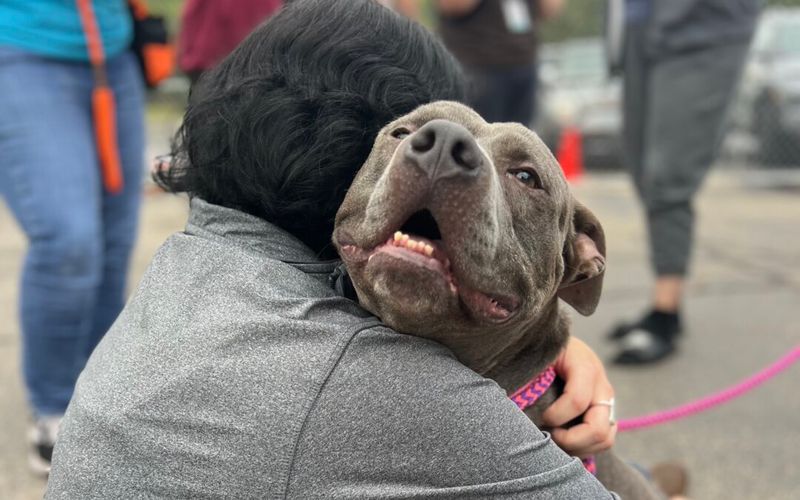Across the U.S., certain cities have begun to impose bans on specific dog breeds, sparking heated debates among pet owners, lawmakers, and animal rights advocates. These bans, often stemming from safety concerns, have led to considerable controversy and emotional discourse. Let’s explore the reasons behind these breed-specific legislations and why they remain so contentious.
Perceived Aggression in Certain Breeds
When it comes to identifying danger, looks can be deceiving. Yet, certain dog breeds, like Rottweilers and Pit Bulls, often top the list of those perceived as aggressive. This perception can stem from physical features such as muscular builds and powerful jaws.
These traits, coupled with media stories highlighting attacks, contribute to profiling these breeds as dangerous. Many cities have responded with bans to mitigate perceived threats, despite evidence that individual dog behavior varies widely.
Fear, rather than factual data, often drives these decisions, leading to sweeping restrictions.
Safety Concerns and Public Pressure
Public safety is paramount, and in some communities, dog breed bans are a response to vocal concerns. Residents, worried about potential attacks, often push for legislative action.
Their fears, fueled by isolated incidents, spark movements to restrict ownership of specific breeds. At town hall meetings, emotions run high, as stories of unfortunate encounters are shared.
Officials, aiming to appease their constituents, may pass breed-specific bans, citing public safety as justification. However, questions arise about whether these laws effectively reduce incidents or simply offer a false sense of security.
Media Influence and Stereotypes
The media plays a crucial role in shaping public opinion, often highlighting dramatic dog attack stories. Headlines scream about vicious incidents, imprinting fear and bias into society’s consciousness.
With each sensationalized report, certain breeds are thrust into the spotlight, reinforcing negative stereotypes. This constant barrage can influence lawmakers to enact breed-specific bans, aiming to assuage public anxiety.
Despite expert opinions advocating for behavior-focused policies, the damage is done. The media’s portrayal often overshadows facts, feeding into the cycle of fear and restriction.
Insurance and Liability Issues
Homeowners insurance policies sometimes become more expensive or even unattainable when certain dog breeds are involved. Insurers, assessing risk, often categorize breeds like Dobermans or German Shepherds as liabilities.
These decisions are based on claims data and potential injury costs, not considering individual dog temperaments. Consequently, breed owners face financial burdens, influencing public sentiment and municipal regulations.
Cities, observing these trends, may implement bans to align with industry practices. However, questions about fairness and discrimination persist, as responsible owners feel the impact of these broad strokes.
Lack of Owner Responsibility
Irresponsible pet ownership contributes significantly to the controversy surrounding dog breed bans. Some owners fail to train or supervise their dogs adequately, resulting in behavioral problems.
When incidents occur, the blame often shifts to the breed rather than the owner. This shift fuels calls for restrictions, as people assume certain dogs are inherently dangerous.
Efforts to educate owners on proper training and socialization are essential, yet often overlooked. The focus remains on banning breeds instead of fostering responsible pet ownership, perpetuating the cycle of misunderstanding and restriction.
Emotional Reactions and Anecdotal Evidence
Emotions run high when dog attacks occur, leaving lasting scars on victims and their families. Personal stories of trauma and loss become powerful motivators for breed bans.
These anecdotes, though compelling, often lack context or statistical support. Cities, swayed by emotional appeals, enact laws to prevent future tragedies, aiming to protect their communities.
However, relying on emotional responses rather than comprehensive data can lead to misguided policies. Addressing the specific circumstances of each incident is crucial, yet often overshadowed by blanket breed bans.
Pressure from Animal Rights Activists
Animal rights activists play a significant role in the debate over dog breed bans. Advocates argue that these laws are unfair and ineffective, highlighting the importance of focusing on individual dog behavior.
Through protests and campaigns, they challenge legislation, advocating for more nuanced approaches to safety and responsibility. Their voices often clash with proponents of bans, creating a contentious dialogue.
Despite differing views, the debate underscores a shared goal: safer communities for both people and pets. Activists aim to shift the focus from breed to behavior, pushing for reform in policies and perceptions.
Legal and Ethical Considerations
The legal landscape surrounding dog breed bans is complex, fraught with ethical dilemmas. Questions about personal rights versus public safety emerge, as owners challenge the fairness of such laws.
In courtrooms across the country, judges deliberate on cases that test the boundaries of regulation and discrimination. Breed bans, with their broad implications, often face appeals and revisions.
Ethical considerations, including animal welfare and ownership rights, add layers to the legal debates. Balancing these aspects is challenging, requiring thoughtful analysis and informed decision-making.
Impact on Rescue and Adoption Efforts
Breed bans profoundly impact rescue and adoption efforts, complicating the placement of certain dogs. Shelters, facing restrictions, struggle to find homes for breeds like Pit Bulls and Rottweilers.
Potential adopters, fearing legal repercussions, hesitate to offer these dogs a second chance. This hesitancy results in overcrowded shelters and difficult decisions about euthanasia.
Animal welfare organizations advocate for policies that promote understanding and compassion, hoping to change narratives around these breeds. By fostering informed adoption practices, they aim to address the broader issues tied to breed-specific legislation.









